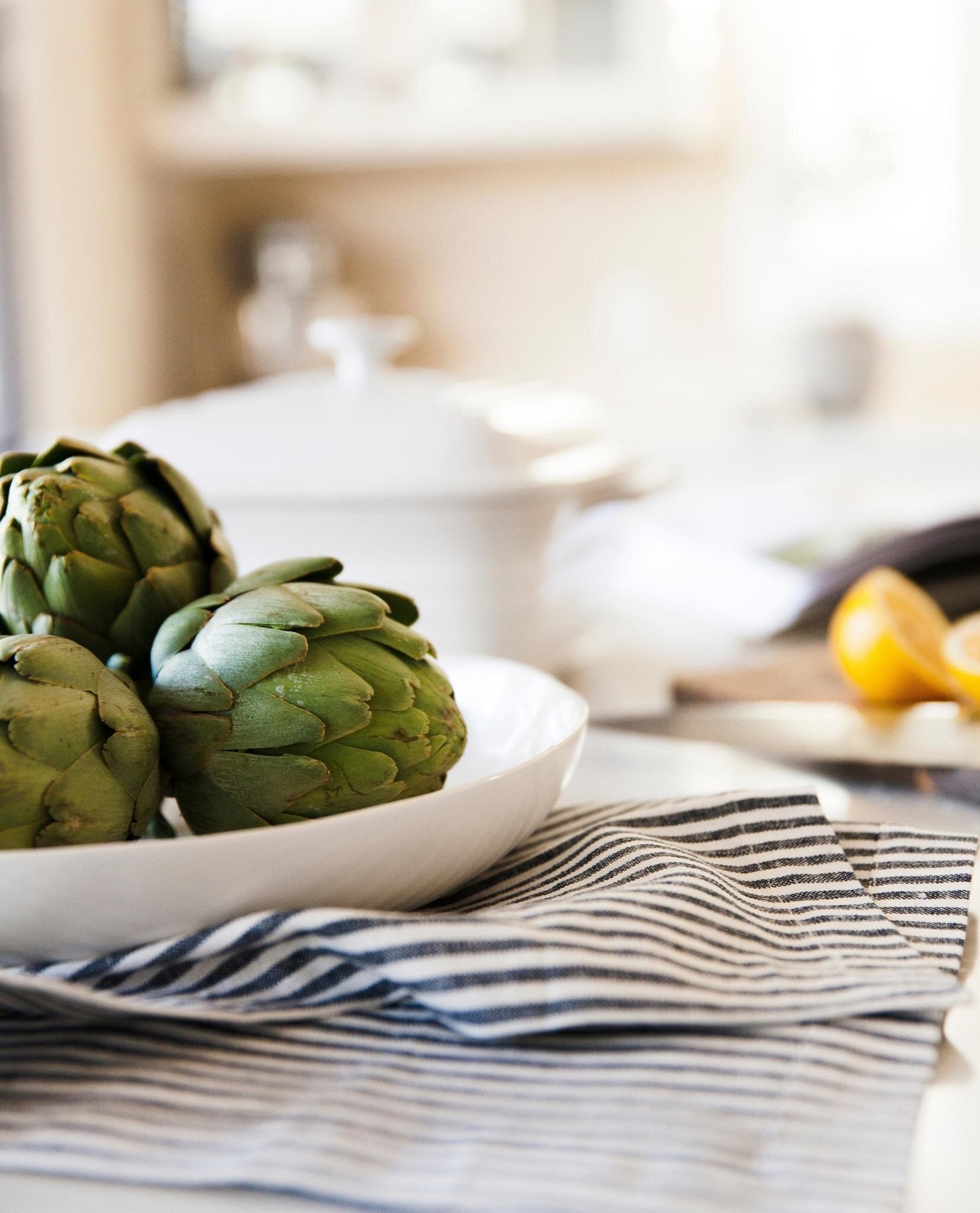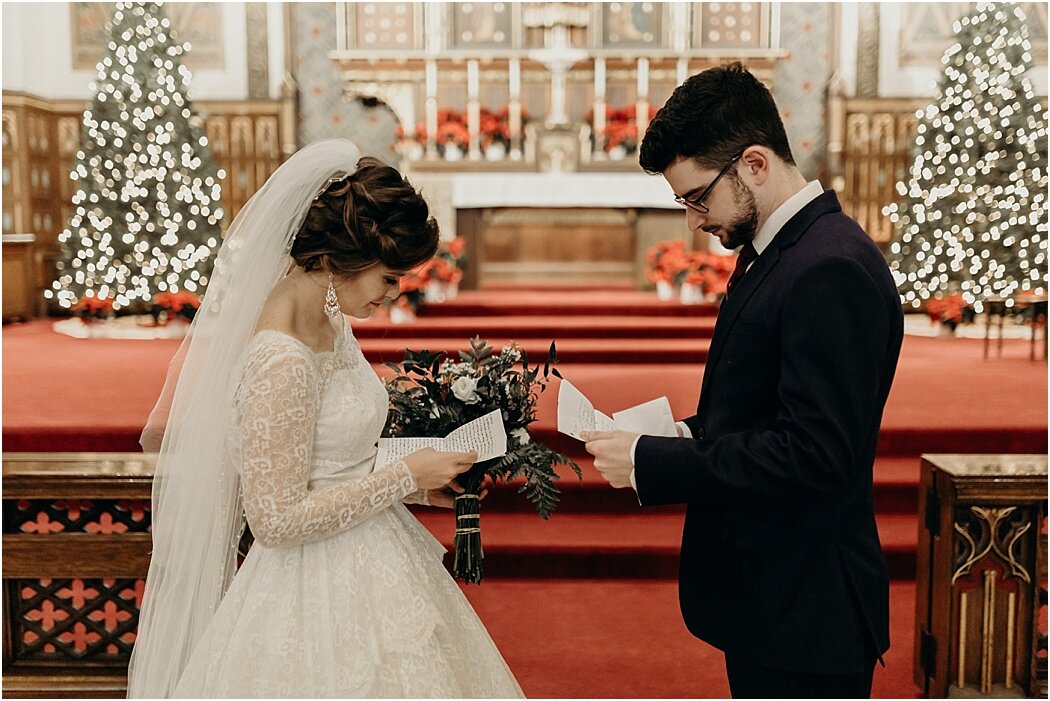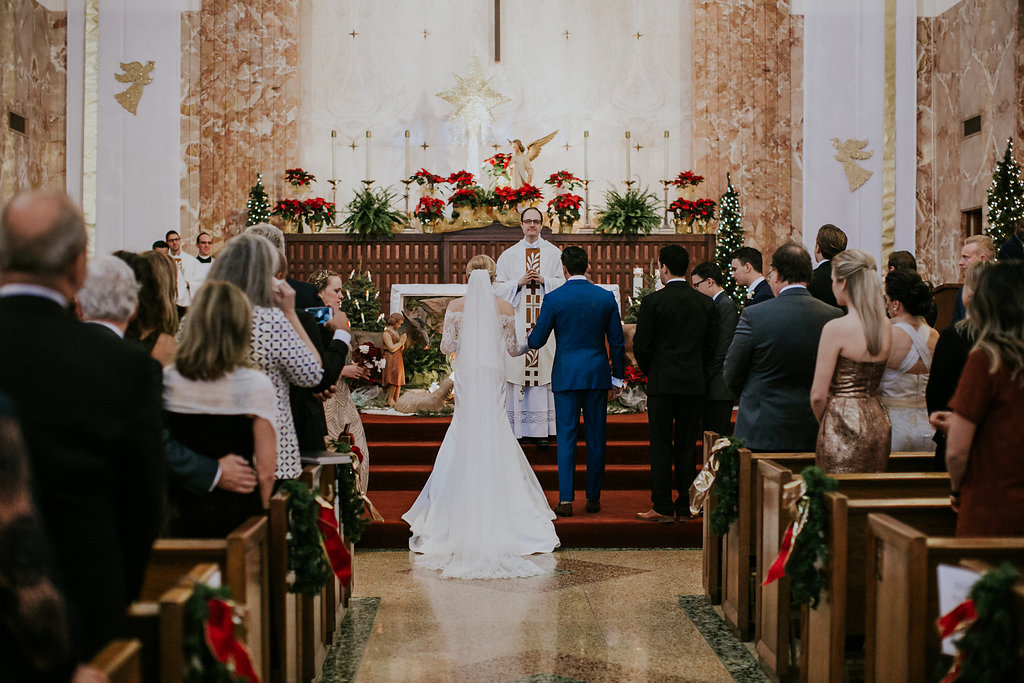Cooking through the Liturgical Year
/MAGGIE STRICKLAND
As a newlywed, I struggled with how to incorporate liturgical living into our lives. The traditions I was familiar with, crafts and storybooks and the like, are geared towards teaching children about the saints and the seasons of the church year. We had received an Advent wreath as a wedding present, but, beyond that, I didn’t have a vision of how to anchor our lives into the church year; we didn’t have a list of family patrons whose feast days we desired to celebrate and I was overwhelmed by the sheer number of feast days that we could celebrate.
After a few years of floundering--including several before our son was born when I made my convert husband put out his shoes for St. Nicholas, since he didn’t get to do that as a child--I’ve started to think about participating in the liturgical year in a simpler way. This practice will undoubtedly get more complex as our family grows, but an easy way for me to think about living liturgically right now is through our menus, choosing simple foods like soup and bread during penitential seasons and going all out during feasting seasons. Here are some cookbooks our family has tried that help me do just that.
Advent
12 Months of Monastery Soups by Brother Victor Antoine d’Avila-Latourrette
I discovered this cookbook at the library one fall when we were part of a vegetable co-op through my husband’s work. With its recipes grouped by month and focused on using seasonally available produce, it quickly became a staple in my meal planning rotation. All of the soups are simple, with just a few steps beyond chopping the produce, and some months even have soups named for particular saints. During Advent, any of the fall or winter soups, served with some bread and perhaps fruit, would make a delightful, filling meal that is both cozy and fitting for a penitential season.
Lent
This Good Food: Contemporary French Vegetarian Recipes from a Monastery Kitchen by Brother Victor Antoine d’Avila-Latourrette Another seasonal cookbook from the same monastery, this one is also filled with recipes that are just as easy as the soups and don’t use lots of exotic ingredients, since the monastery aims to be as self-sufficient as possible. In this cookbook, Brother Victor also includes suggestions for how the monks would serve the dishes; the Italian frittata might be served with salad and fruit as the main meal on a fast day, for example. Using seasonal ingredients is often more cost-effective, as they are in plentiful supply and therefore less expensive, which makes this a perfect cookbook to utilize during Lent, when many people try to make more money available for charitable giving.
Easter and Christmas:
Holiday and Celebration Bread in Five Minutes a Day by Jeff Hertzberg and Zoe Francois
This is one of our favorite cookbooks for special feast days; like the original cookbook, the base dough recipes are simple and mix up in five minutes, but they are then used in a variety of recipes that range from simple to complex. One of our family favorites is the brioche dough; we’ve used it to make the Holiday Star Bread for Christmas and Easter, as well as making it the base for our king cake on Fat Tuesday and birthday danishes. I like having a few tried-and-true recipes for special feast days and holidays, and I’ve learned not to be afraid of attempting complicated recipes for special occasions, because practice makes those dishes easier to produce each time.
Drinking with the Saints: The Sinner’s Guide to a Holy Happy Hour by Michael P. Foley
This recipe book is a fun way for adults who drink alcohol to participate in the liturgical calendar; Foley has gathered drink recipes and paired them with brief biographies of saints and descriptions of feast days. The first section of the book is arranged by month, with another section of the book for the seasons of the church year, so you have lots of options for how to approach this style of liturgical living. He does use the old pre-Vatican II calendar because there are more saints’ days on it, but there is an appendix in the back that allows you to switch to the newer calendar, which is the one that most people use. The introduction explains how to use the book, which is excellent if you’re novice cocktail makers like us, and the author discusses how to temperately use the book.
About the Author: Maggie Strickland has loved reading and writing stories since her earliest memory. An English teacher by training and an avid reader by avocation, she now spends her days homemaking, chasing her toddler son, and reading during naptime. She and her husband are originally from the Carolinas, but now make their home in Birmingham, Alabama.







































